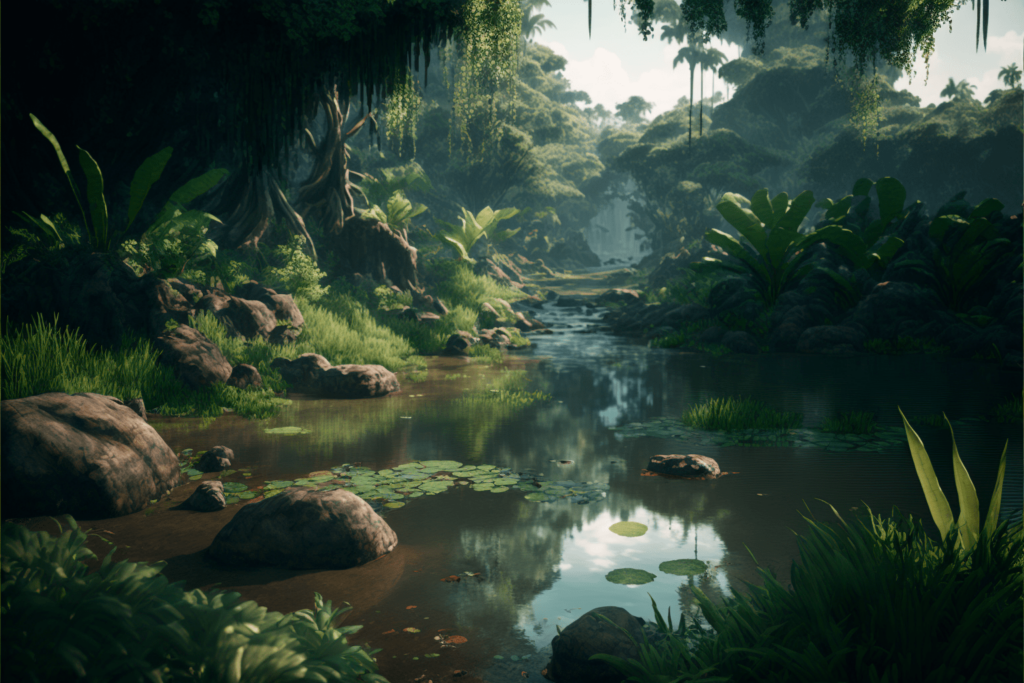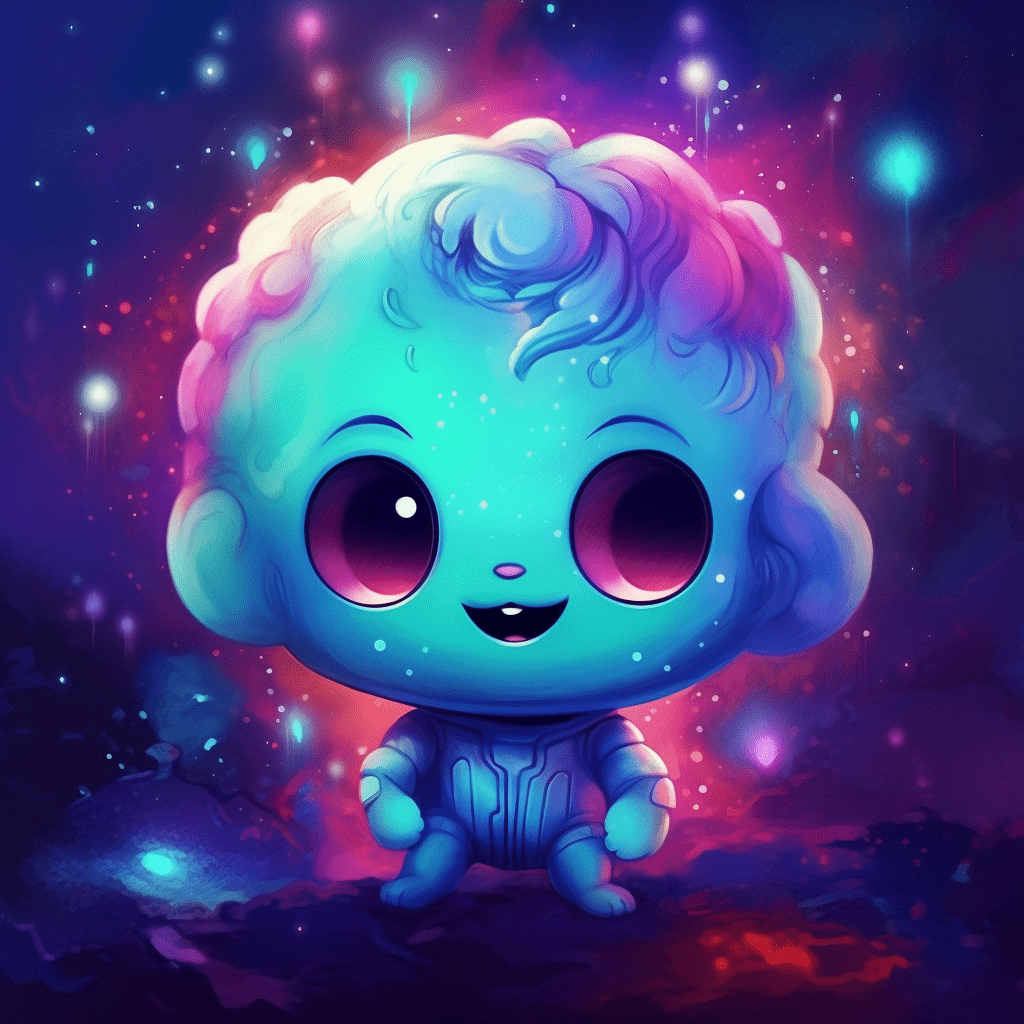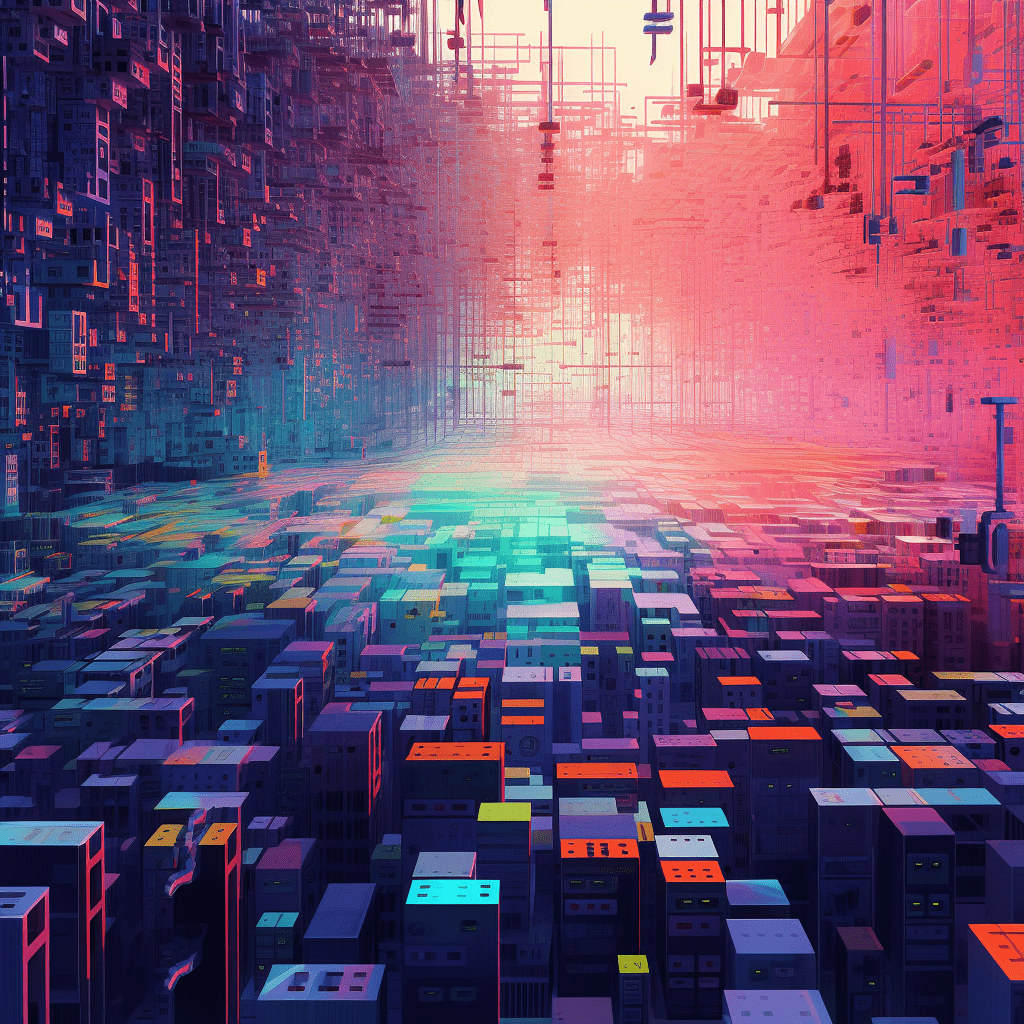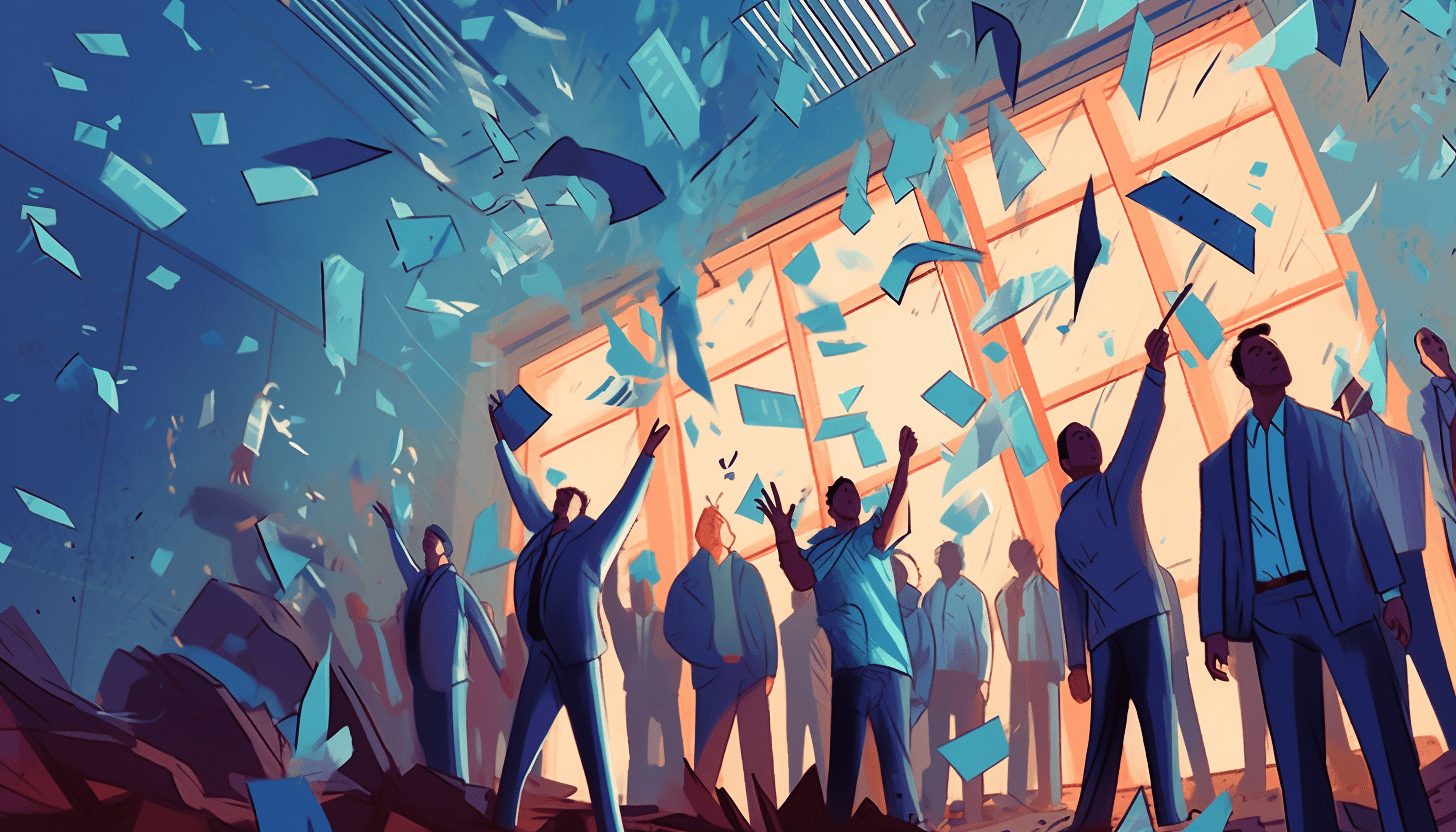The emergence of non-fungible tokens (NFTs) has revolutionized the art world and creative industries, opening up new avenues for artists to monetize their work and collectors to invest in unique digital assets. One crucial development in this space is the rise of free NFT creation, which has made it more accessible for artists to enter the market. But does it cost money to make an NFT, and how does free NFT creation impact the broader art world? In this article, we will explore the implications of this trend, including its potential benefits and drawbacks.

The rise of free NFT creation
Traditionally, creating an NFT required artists to pay a “minting” fee, typically in the form of cryptocurrency. This fee covers the costs associated with registering and storing the digital artwork on a blockchain network. However, as the NFT market has matured, various platforms have emerged that offer free NFT creation, either by subsidizing the minting fee or by utilizing alternative blockchain networks with lower fees.
This development has been hailed as a game-changer for the art world, as it removes one of the primary barriers to entry for aspiring artists. By making it more affordable for creators to mint their work as NFTs, free NFT creation democratizes the market and fosters greater diversity and innovation within the space.
Benefits of free NFT creation for artists and collectors
There are several benefits associated with the rise of free NFT creation, both for artists and collectors:
- Lower barriers to entry: By eliminating the need for upfront capital, free NFT creation makes it more accessible for a wider range of artists to enter the market. This can help diversify the art world and provide greater opportunities for emerging artists to showcase their work and gain recognition.
- Increased innovation: With more artists able to participate in the NFT market, there is greater potential for innovative and unique digital art to emerge. This can benefit collectors by providing a broader range of options to invest in and enjoy.
- Greater inclusivity: The democratization of the NFT market can help foster a more inclusive and diverse art world, as it allows artists from various backgrounds and regions to participate without being limited by financial constraints.
- New revenue streams for creators: Free NFT creation opens up new revenue streams for artists, who can now monetize their work through digital asset sales, royalties, and other forms of passive income.
Potential drawbacks of free NFT creation

While the benefits of free NFT creation are significant, there are also potential drawbacks and challenges that need to be considered:
- Oversaturation: With the barriers to entry lowered, there may be an influx of new artists and content, leading to oversaturation in the market. This could make it more challenging for individual artists to stand out and gain recognition for their work.
- Quality concerns: As more artists enter the market, there may be concerns about the overall quality of NFTs, with some critics arguing that the democratization of art could lead to a “race to the bottom” in terms of artistic standards.
- Environmental impact: The creation of NFTs, particularly on the Ethereum network, has been criticized for its environmental impact due to the energy-intensive process of mining. Increasing the number of NFTs minted could exacerbate these concerns.
Navigating the future of free NFT creation
As the world of digital art and NFTs continues to evolve, the effects of free NFT creation on the art world and creative industries will become increasingly apparent.
Sustainable solutions and long-term implications

As the NFT market continues to evolve, sustainable solutions are emerging to address some of the challenges associated with free NFT creation. For example, alternative blockchain networks like Tezos and Flow offer more environmentally friendly options for minting NFTs, while still providing the benefits of free creation. In addition, platforms like Foundation and Rarible have introduced curation and community-driven voting systems to help maintain quality standards and promote the best work.
Ultimately, the impact of free NFT creation on the art world and creative industries will depend on how artists, collectors, and platforms navigate the opportunities and challenges it presents. By fostering greater inclusivity and innovation while maintaining high-quality standards and addressing environmental concerns, the NFT market can continue to thrive and reshape the creative landscape.
